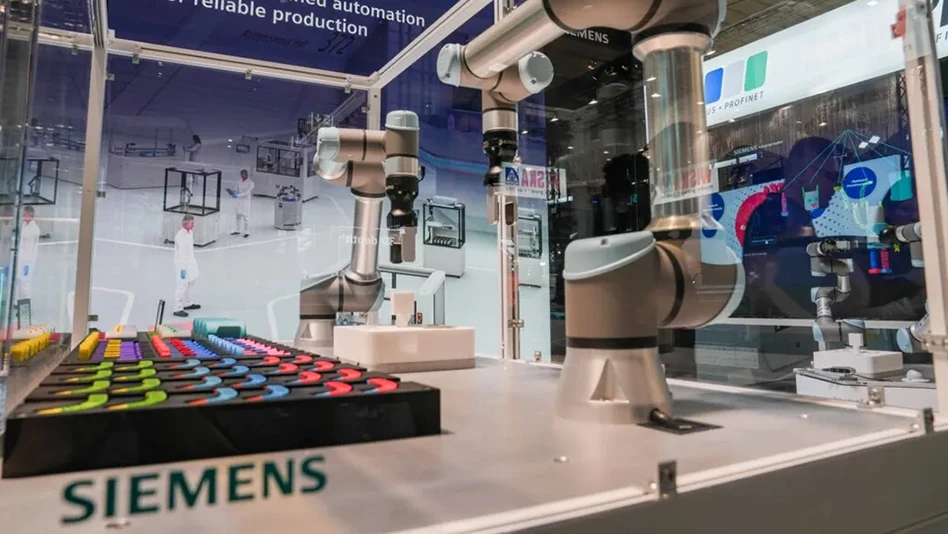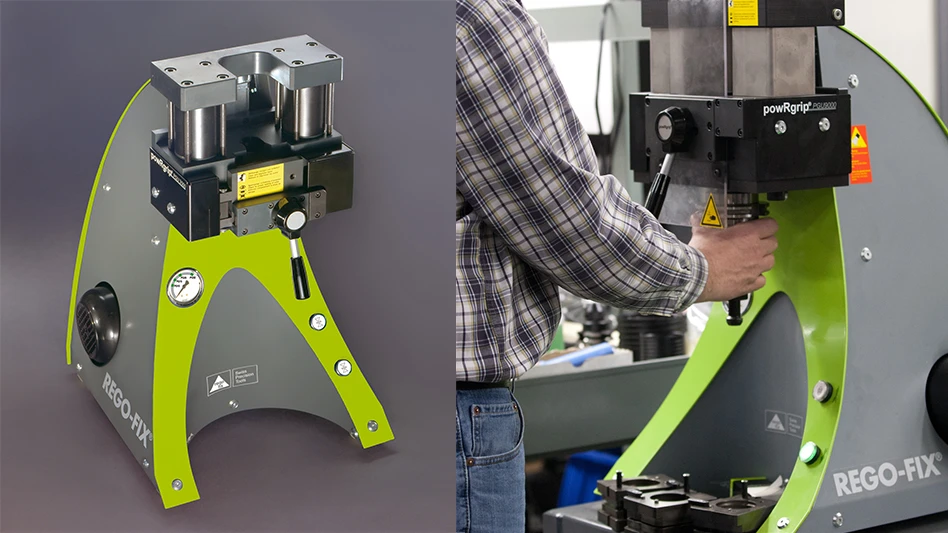Manufactured medical devices prolong and preserve the quality of life, and the ability of a component to function throughout a long lifespan depends greatly on accurately specifying, measuring, and controlling surface finish. Most surface finish specifications are limited to one or two general parameters, but these parameters typically cannot discern texture aspects that directly impact functionality and wear.
Below are some categories of medical devices and some of the parameters that can be used to specify and control aspects of surface texture that are critical to the parts’ functionality and durability.
Surface texture is more than roughness
Surface roughness is often used to refer to surface texture. That term can be misleading, however, as it tends to suggest a consistent, unchanging profile across the part. In practice this isn’t often what we see at the microscopic level. The texture will often consist of a combination of flat regions, sharp and rounded peaks, valleys, porosity, tool marks, scratches, etc.
Most surface finish specifications consist of only a single roughness parameter, such as average roughness (Ra) or average maximum height (Rz). These parameters are derived from two-dimensional measurement data often obtained from a stylus profilometer. For areal (3D) measurements, such as those made by optical profilers, the parameters Sa and Sz are used.
Roughness parameters can be useful for monitoring changes in processes, but they only provide general information about the nature of a surface. Tracking a process based on Ra or Rz alone is like trying to diagnose a person’s health only by measuring their temperature. A fever may indicate a simple infection, or it could point to a serious disease.
Figure 1 shows three optical profiler surface measurements with nearly identical average roughness values. If we measure only Ra, these surfaces are virtually indistinguishable. However, the top surface, with strong texture in one direction, may provide consistent fluid flow over the surface. The polished sample in the center has a deep notch which could lead to fatigue failure. The bottom surface shows non-directional texture that may be best suited for coating adhesion. None of these differences are detectable by average roughness alone.

How well medical devices will perform depends on particular aspects of their surface texture. Cardiac and arterial devices, for example, require smooth surfaces to avoid turbulent blood flow and prevent thrombosis and hemolysis. In an artificial joint, the bonding area may need to be rough while the bearing areas may need smooth surfaces for good wear and valleys to retain lubricating fluid.
Most measurement instruments and software report a range of surface texture parameters that are suited for specifying and controlling particular aspects of texture. It’s up to a component’s designer to determine which aspects matter most for functionality, and then specify parameters that’ll help production and quality teams control conditions.
Bearing surfaces
Replacement hips, knees, and other joints are designed to last more than 20 years, without the benefit of periodic lubrication or resurfacing. In these joints, metal components are bonded to the bones on either side of the joint. These components are separated by (and continuously rub against) bearing surfaces which accommodate the joint load while enabling smooth movement.
Metal bearing surfaces are often polished to the highest level of smoothness to minimize friction and wear. In the implant shown in Figure 2, for example, the bearing surface has a small Sa value of 0.10µm – a mirror finish. Some implant devices may be held to Angstrom-level Ra, which is an equivalent finish to high-performance optical surfaces.

Instinctually, it seems that a polished surface would provide the least friction and the best wear characteristics. This is very much application-dependent. When a joint retains sufficient synovial fluid, then the smoothest possible bearing surfaces are best. If components are rubbing directly against each other, however, with little lubrication, then the bearing surfaces must have some degree of texture to reduce the real area of contact and to retain the small amount of available lubricant.
The nature of the texture also matters. Surface texture parameters such as Mean Summit Curvature (Ssc) and Summit Density (Sds), have been developed to provide a much clearer prediction of friction and wear than an average roughness value alone. Parameters derived from the bearing area curve, and tribology parameters, are also good predictors of friction and wear.
It’s also important to note that a surface manufactured with a mirror finish will not look that way for long. Peaks in the texture will wear quickly during the initial use period. After this wear-in period, the surface will reach a steady state that will, hopefully, change slowly throughout the component’s life. A product designer can’t only focus on making a joint that functions optimally at time-zero but must also determine the characteristics of an initial finish that’ll wear into a long-lasting bearing surface.
Bonding surfaces
While the mating surfaces of a replacement joint typically need to be smooth, the bonding areas of these components must instead be very rough to provide sufficient surface area for a good bond. In the hip implant shown in Figure 3, the femoral stem (which bonds to the femur bone) has an average roughness value of approximately 7µm. These components undergo aggressive processes such as shot blasting to create finishes with Sa values as high as 20µm – texture that’s visible to the eye.

However, it’s not sufficient to simply roughen up the surface: the nature of the texture matters. Typically, these surfaces are designed with isotropic (uniform, non-directional) texture, as any directionality could lead to slipping or swiveling of the joint.
Additionally, particular amplitudes and spacings of texture features have been found to promote bone growth. The Developed Interfacial Area Ratio (Sdr) parameter provides information about the texture amplitude and spacing that can lead to better adhesion control.
Measuring finish on complex surfaces
Complex surface shapes are very difficult or impossible to measure with many standard instruments. For example, measuring the small, highly curved features of a spinal implant may be extremely challenging with a traditional stylus profiler because these instruments typically lack the vertical range needed to track the highly curved surface.
Non-contact, 3D optical profilers, such as the one shown in Figure 4, are well-suited to these kinds of measurements. The long working distance and large vertical range of an optical profiler enable measurement of highly curved surfaces. Fixtures and mirrors give access to otherwise inaccessible features.

Surface finish for flow
The surface finish for components involved with fluid flow must meet a dramatically different set of functional requirements. Surfaces over which blood flows, for example, must remain extremely smooth throughout their lifetimes to prevent clot formation.
The scale of the texture that matters in this case, however, may not be the scale of the blood cells; it may be the more finely spaced and lowered amplitude texture that the proteins produced by the cells could interact with to initiate the clotting mechanism.
In devices that contact blood, manufacturers aim for the smoothest finishes, often less than 100nm average roughness (Sa), as in Figure 5. Smooth finishes also prevent damage to blood cells from processes such as hemolysis as the cells are forced through constrictions.

The surface texture of a medical device is fundamental to its function. Today’s 2D and 3D measurement systems provide an array of targeted parameters that are excellent controls for many different medical device functionalities. By specifying and controlling these parameters we can optimize the component’s surface to increase performance, wear life, and safety.
Michigan Metrology LLC
https://www.michmet.com
Get curated news on YOUR industry.
Enter your email to receive our newsletters.
Explore the May 2021 Issue
Check out more from this issue and find your next story to read.
Latest from Today's Medical Developments
- Hacker-proofing smart implants
- Register now to learn solutions for high-temperature aerospace machining challenges
- Expertise on machining, joining offered in April’s Manufacturing Lunch + Learn
- Incredible Machine works on the Rube Goldberg principle
- FAULHABER’s metal planetary gearhead family
- Aerospace Industry Outlook - Spring 2025, presented by Richard Aboulafia
- World’s smallest pacemaker is activated by light
- FANUC America’s ready-to-deploy cobot web tool






